Utilize Greeting Card Formats to Add Variety to Your Card Making Designs
Get creative and unique card making formats for transforming your card creations. Includes tips and tricks on how to make your own formats
Greeting card formats are one of the few things you can change that will make a big difference on how your greeting card designs turn out. It encompasses all sorts of concepts from orientations to styles and positions.
Card making formats include common formats like single leaf and standard fold, creative formats like double door, pamphlet fold, and accordion fold, as well as unique formats like hybrid folds.
No matter which of these greeting card formats you choose, you can further categorize them into:
- Portrait or landscape orientations
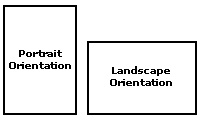
- Side fold or top fold
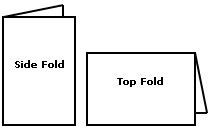
Consequently, these orientations and folds are the most common types of card making formats.
Common Greeting Card Formats
Single Leaf or Postcard Format
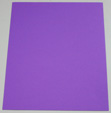
When it comes to wedding invitations, the single leaf or postcard greeting card designs and formats are what you’ll run into the most just like in this wedding invitation.
However, there’s no rule against using any other type of format for weddings. Neither is there a rule against using single leaf formats for other occasions. So, feel free to do so.
Standard Fold or Single Door Format
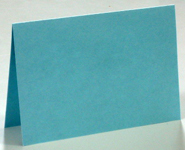
This is the most common greeting card format.
Simply fold a single leaf right in the center and you’ll end up with this format just like in this love greeting card.
Creative Greeting Card Formats
Gate Fold or Double Door Format

This practically seems like joining two standard fold pieces back to back.
Thus, to create this, fold a single leaf a quarter of the way from the left and from the right just like in this Christmas symbols card.
Pamphlet Fold

The name speaks for itself. It’s the type of format you get when you fold your card like a pamphlet.
Therefore, to create this greeting card design, fold a single leaf a third of the way from the left and right or from the top and bottom just like in this birthday greeting card.
Accordion Fold
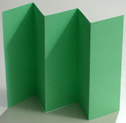
This is also known as multi-fold.
This means there’s no limit to the number of pages or folds you can create.
Nevertheless, the most common one is the five page accordion just like in this 6th year anniversary card.
Cascading Accordion Fold
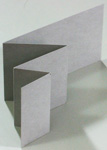
The advantage of using this greeting card layout over ordinary accordion is that you can have the card show one thing when it’s closed and reveal a totally different thing when it’s open. Basically, it’s like turning it into a greeting card puzzle.
You can cascade it to one side or cascade it evenly about the center.
Unique Greeting Card Formats
Right Handed Opening

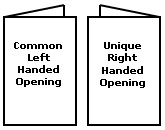
It’s a no-brainer that every reading-material out there like books, newspapers, magazines, and greeting cards open up in the left handed way.
Hence, do something unique this time around. Make a card that opens in the opposite way. Just don’t forget to let the recipient know that it’s not a mistake. One way to do that is to incorporate it in the greeting card message.
Pamphlet with Gate Hybrid

This unique greeting card layout comes from going beyond the gate fold but stopping before you get to the pamphlet fold.
Thus, to create this greeting card format, fold a single leaf from the left and right more than a quarter of the way but less than a third of the way like in this thank you card.
By the way, did you notice that the thank you card with the pamphlet-gate hybrid fold also uses the unique right handed opening?
Accordion with Gate Hybrid
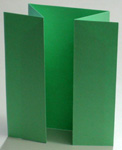
This is an accordion that comes from transforming a pamphlet fold into a gate fold.
To make this, first you create the pamphlet fold by folding a single leaf a third of the way from the left and the right.
Then, you fold the first and last leaves halfway to create the finished hybrid.
Accordion with Single Door Hybrid
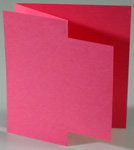
This hybrid format requires a few cuts and slits to complete the effect.
Therefore, before you start folding, cut a reverse-c-shape from where you want the accordion to start to where you want the single door to end. Then complete the rest of the fold.
One Last Thing
At this point, here are some cool card making tips and tricks to ponder over:
Some Important Tips or Tricks
If the pages are too large or too many to create from one sheet, you can join a couple sheets together to create the full effects you desire.
Simply create tabs on each sheet to glue behind the next sheet just like in this thank you card.
Also, consider cutting off the top and bottom parts of the tabs beforehand. This way, you hide the tabs and, hence, it’s not immediately apparent that the various pages came from different sheets.
What Else Can You Come Up With?
As you can see, there’s no limit to how you can combine the various formats to improve your greeting card designs. Apart from this, you can create your own original formats.
So, what else can you come up with? How will you change your next card making adventure?
Feel free to share your creation with us and the rest of the world.
Recent Articles
-
Get Free Greeting Card Templates plus Ideas on How to Make Yours
Download Various Types of Greeting Card Templates and Get Options for Adapting Them. Includes Precautions and Proactive Steps to Help Prevent Messing Up Yours. -
Did You Notice the Revamped Homepage?
Indeed, it’s been a longtime coming, but the homepage makeover is finally here. For comparison, feel free to see the way it used to look as captured through the inescapable Wayback Machine Internet Ar… -
Free Card Greetings for Saying Hello and Goodbye in Your Greeting Card
Get ideas to personalize your greeting card salutations and valedictions because cool card greetings make great first impressions about your greeting card messages.
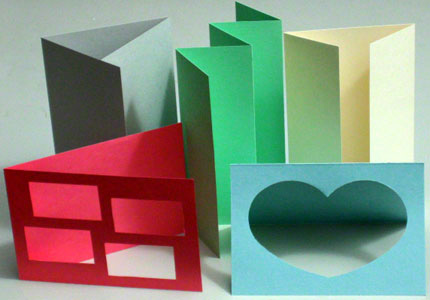
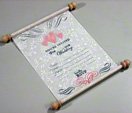
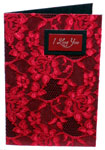
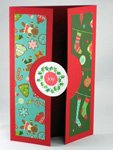

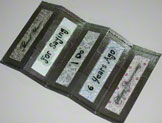
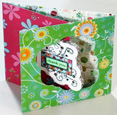
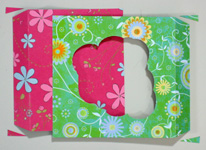



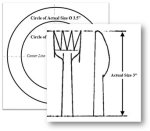
New! Comments
Have your say about what you just read! Leave us a comment in the box below.